Setting good classroom rules and expectations is one of the most important objectives in elementary school. Rules are different from classroom routines and procedures. Classroom rules define what will and will not be taking place in your learning space. Coming up with the perfect set of rules can be a challenge! This blog post will help you create the best classroom rules for elementary and give you ideas to support your students with learning them. Plus, you’ll be building a rock solid classroom management foundation.
The Importance of Classroom Rules
Planning for your classroom community during the first few weeks of school is so important! One or two quick activities during the first week of school is not enough to build an atmosphere of belonging for all students. It takes consistently using the same language and clear expectations throughout the entire school year. The effort is completely worth it and pays off in students feeling safe, respected and willing to take risks.
What makes classroom rules meaningful?
Students will be more invested in the rules and expectations if they help create them. Your students will feel heard and respected by you. Validate students points when they bring them up in your discussion when you can. Classroom rules and expectations are more meaningful to students when they are relevant, clear and simple.
How to set classroom expectations with your students:
Set aside some time the first week of school and have a whole group discussion. You’ll be surprised at how much students know about classroom rules and expectations. But as little humans, its just hard to do the right thing in the moment, ya know? Even as grown ups its hard sometimes, right?!
Creating Classroom Rules for Elementary: The Process
This process will most likely have to be broken up into a few sessions over a couple of days. And, honestly, I think that’s best. This gives students a chance to process the information and internalize the language. As teachers, it helps us get to know our students socially and build relationships through each discussion.
Work with your students to brainstorm expectations and write down their ideas on a piece of chart paper. Discuss each idea. You might have several pieces of chart paper when you’re all done! Set some guidelines so the discussion doesnt get unproductive. We’re going to stay on topic. We are going to just talk about classroom rules, and not tell personal stories. (good luck with this one!)
Here are some questions you can ask to lead the discussion.
- Why are rules important to have in a classroom?
- How do you think your classmates want to be treated?
- What makes a good classroom rule?
Cut the ideas apart and sort them into like groups. Students will start to notice that there are several similar classroom rules listed. This is a great time to discuss what major themes or key words are coming across in their ideas for classroom rules. Label your groups of classroom rules. Staple together any rules you might have that are REALLY similar.
Variation ideas:
For older students that can read well: Take pictures of the chart paper and print out, or quickly type what was written. Put students in groups of 2 or 3 and have them sort.
For younger students: Have a a few pieces of blank chart paper ready, or divide your whiteboard into sections by drawing lines on it. Tape them on the whiteboard.
Here are some questions you can ask to guide the discussion.
- What makes a good classroom rule?
- How many classroom rules should there be?
Once you have narrowed down your list, its time to come up with the final classroom rules and expectations! I would recommend between 4 to 10. Too many rules can overwhelm students. Just stay focused on a few important classroom rules that cover several key things. Respect is a great key word! Discuss what each rule means, looks like and feels like. I create a chart with my students describing each rule. If we have “respect the school and everything in it” as a classroom rule, I list that at the top of the chart paper. Then we discuss what a respectful classroom looks like and sounds like. We also discuss how students feel in a respectful classroom. We do this for each expectation that we’ve set as a class.
Here are good classroom rules examples:
- Respect yourself and others
- Respect others’ property
- Be Safe: Keep hands, feet, and objects to yourself
- Follow directions
- Try your best
- Ask questions
- Be a good friend
- Keep your workspace tidy
- Use supplies properly
- Tell the truth
- Be responsible
Display your new classroom rules where students and substitute teachers can see them easily. Having your classroom rules displayed on an engaging bulletin board is a great way to keep them top of mind for students. It also has helped me as a teacher to incorporate them into my classroom management by using that same language all year long. Substitute teachers also appreciate knowing the classroom rules and expectations the students are to follow.
Making the Classroom Rules Work in for Your Students
In the first few weeks of school, call out attention to the desired behaviors your’re noticing every chance you get. Work this into your classroom management strategy and try to positively acknowledge students for following classroom rules, routines and procedures.
- Jenna, thank you for being respectful to our supplies by putting them away when you were finished today!
- Felix, I noticed that you were being safe on the playground at recess by going down the slide. (not climbing up)
- Caroline, Mr. Pickard told me that he saw you working hard in the hallway when a kindergartener cut in front of you in line at the water fountain. He said you took a deep breath and nicely asked him to get behind you. I bet that was hard because I know you were so thirsty after PE. I’m proud of you.
- Nathan, look at you! Thanks for following directions and getting out your notebook the first time I asked.
Catching kids following the rules and giving positive attention helps reinforce those positive behaviors AND build positive relationships with students. This is my favorite classroom management tip for building relationships and a positive classroom community!
Quick Tip on Classroom Rules from an Experienced Teacher
In my classroom, I work with 3rd and 4th grade students with learning difficulties. I use carefully worded positive language for my classroom rules. For example, my classroom rule would be “use walking feet” instead of “don’t run.” When the student hears “DON’T RUN,” they have to process that information and then come up with the desired behavior themselves. So I do the processing for them. I make a shortcut. We just make the desired behavior into the classroom rule. This really works well for my classroom community! When we are creating our rules, we talk about how the brain works. My students have enjoyed rewording rules themselves to help their brains follow the classroom rules.
Remember that building a positive relationship with students is the key to successful classroom management. Make meaningful classroom rules and expectations by creating them together as a classroom community. Consistently nurture your positive student relationships and your classroom rules throughout the school year. Doing these things will lead to a positive classroom environment that is so worth the effort you put in!
Read how to set up and manage your math centers here. Read how to chose the best classroom theme for your classroom here!
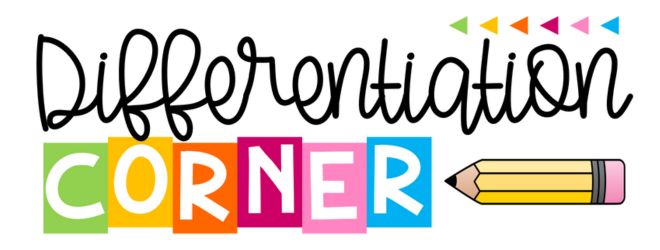






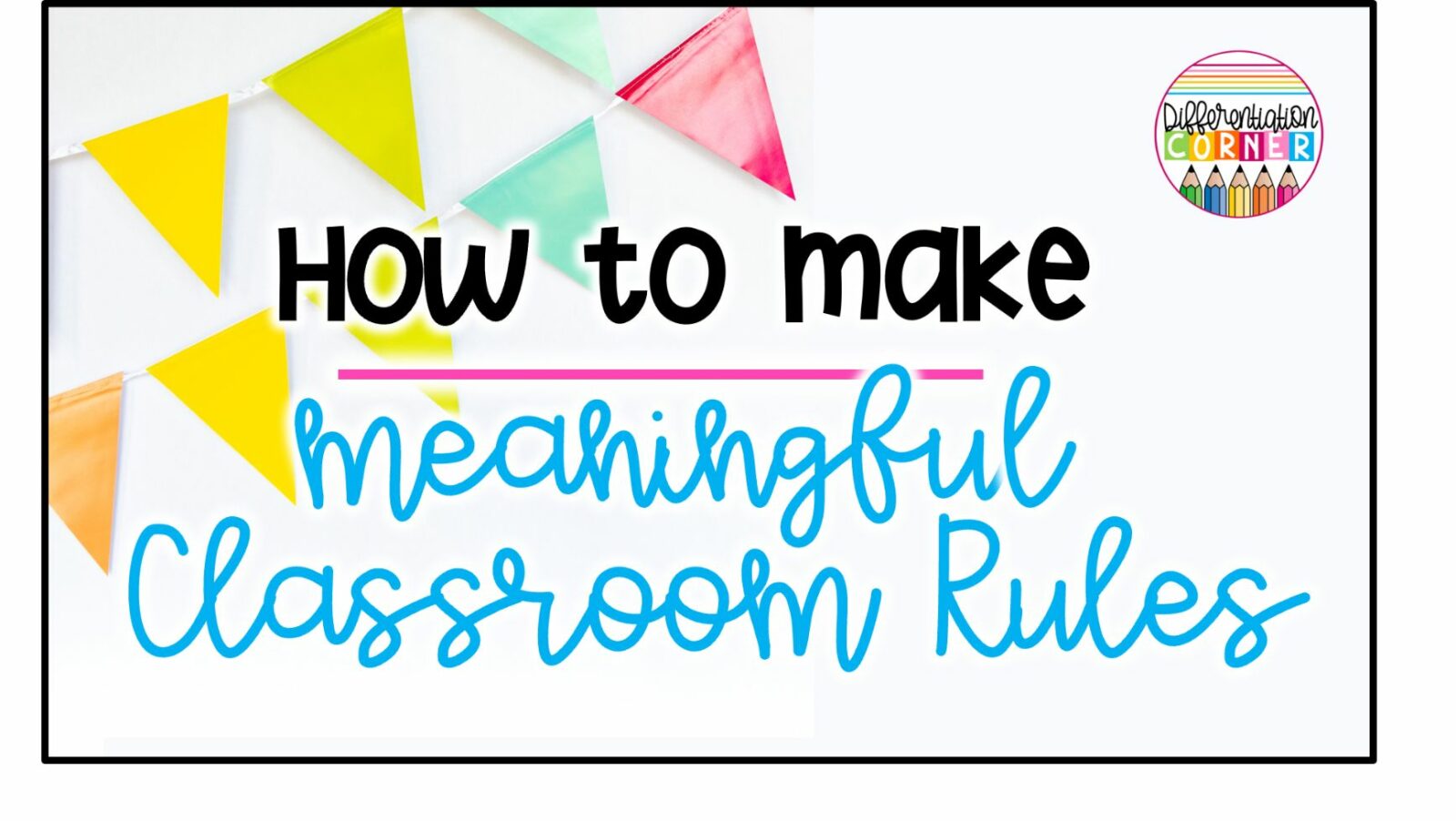
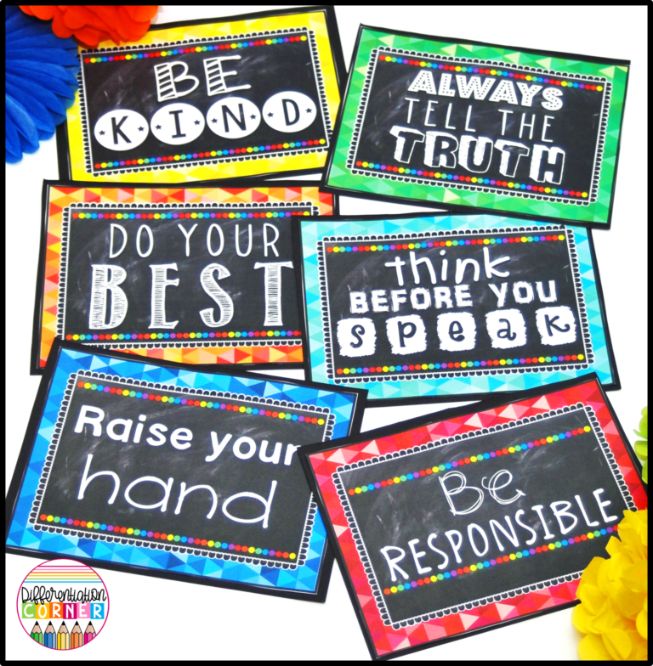
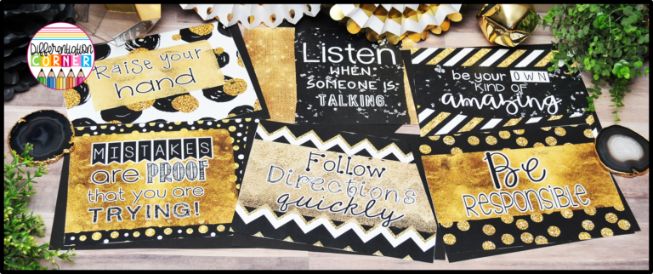
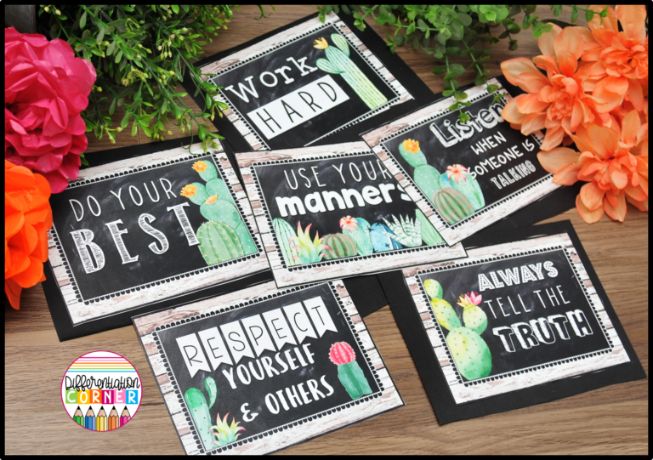
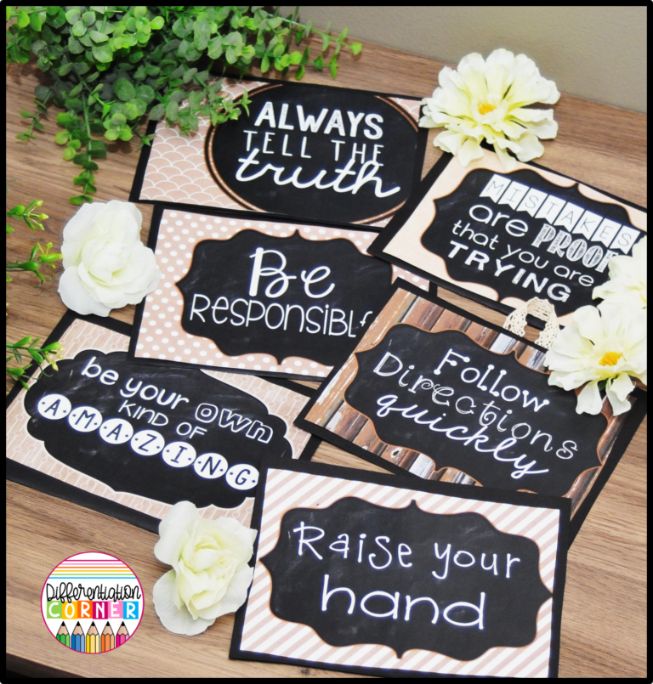
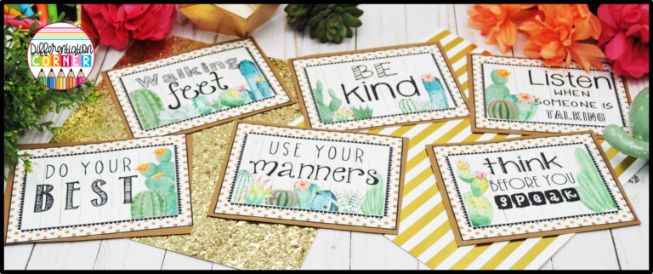
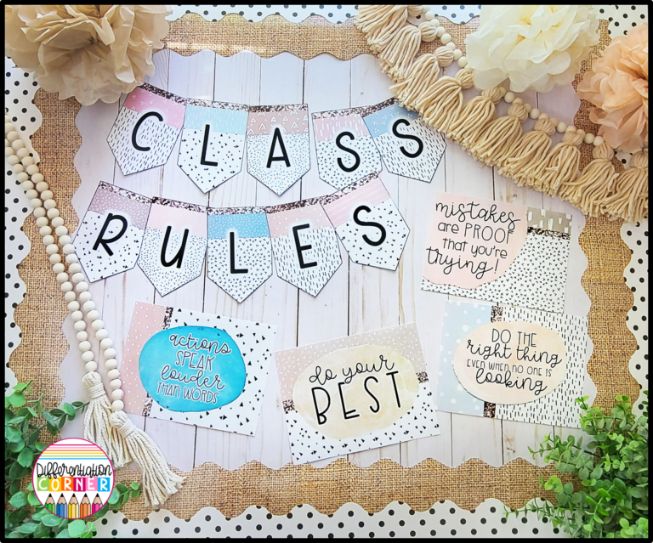
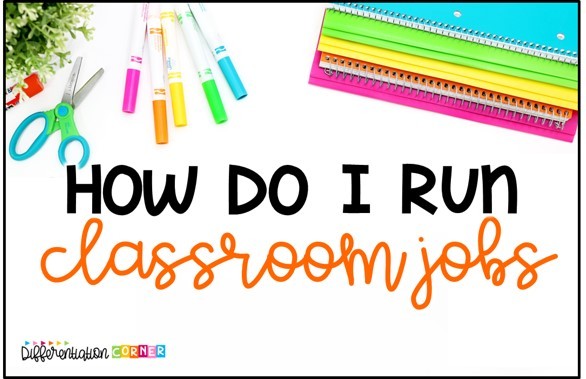
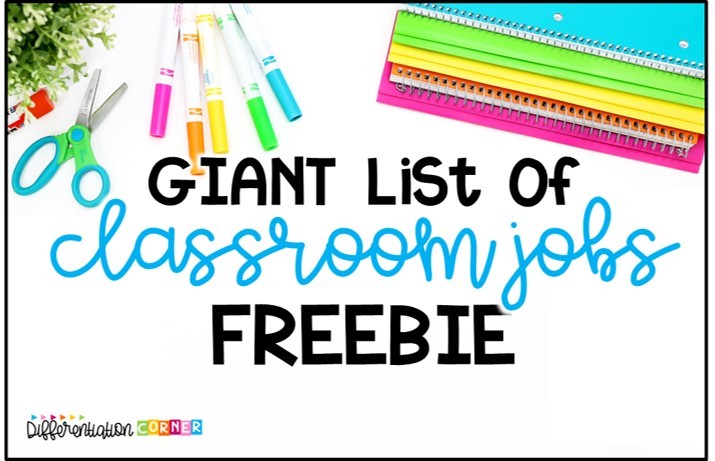
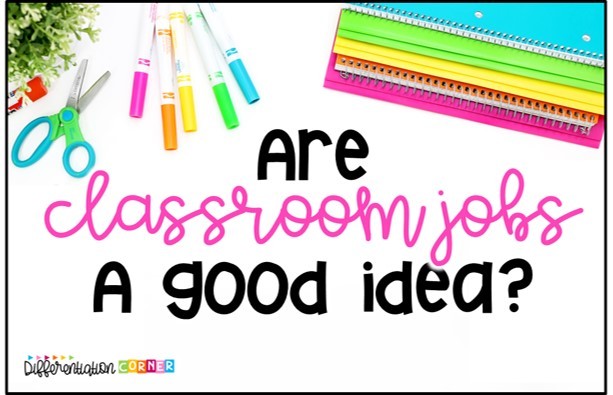

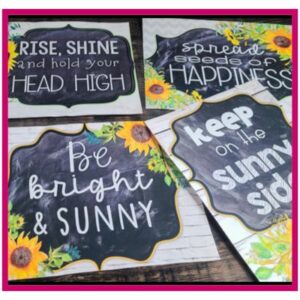
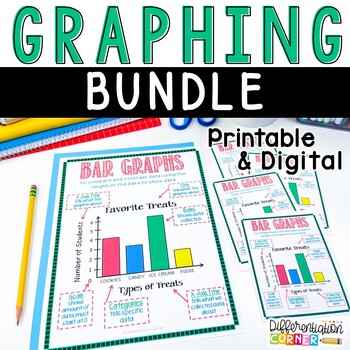

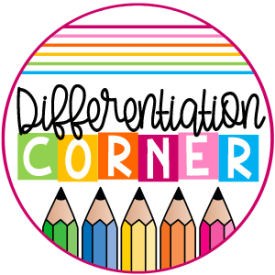
One Response